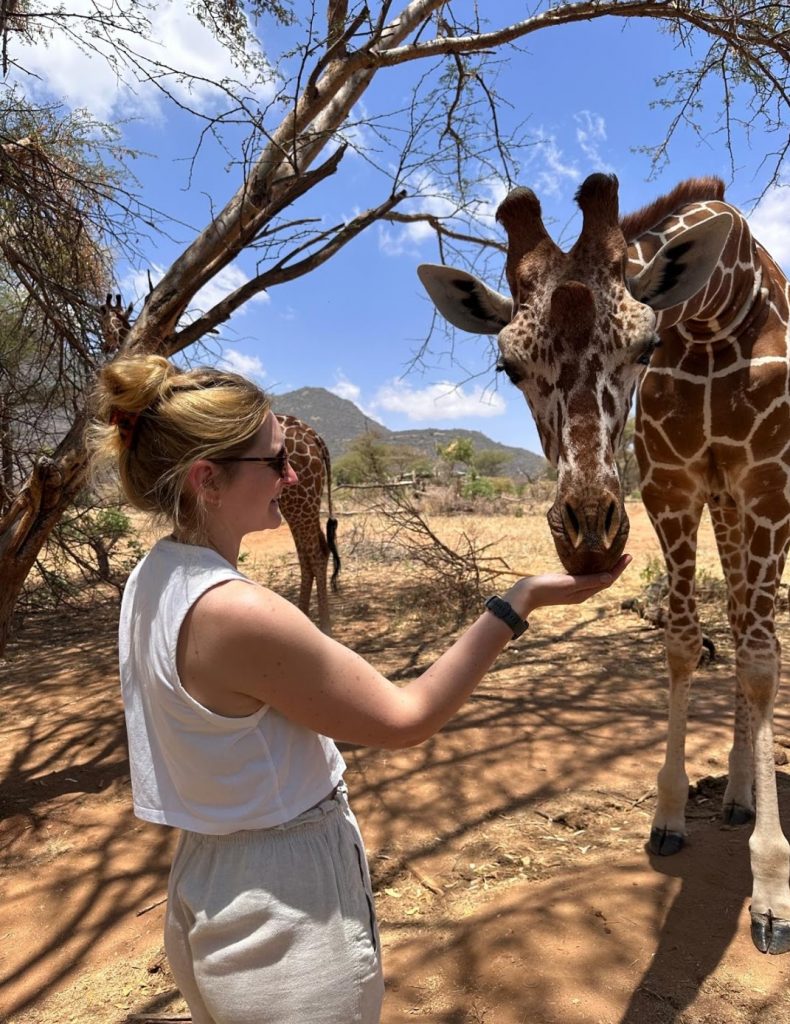Sarah Armstrong

What is your PhD is about?
Working with Defra, my project aims to produce an industry accessible framework to quantify potential noise-related effects on local wildlife in the planning stages of development. This evidence-based framework, will use acoustics data, ecological surveys and welfare indicators. This will hopefully allow for mitigations early on, reducing our noise impacts on animal communities near developments.
Why is it important to do this research?
Anthropogenic noise is a major pollutant and has known negative impacts on human health and wellbeing, with work ongoing to improve this. However, the literature around non-human animals is much more patchy, due to the huge variety in sound perception and communication types seen in the animal kingdom. From a policy perspective, there is very little protection for non-human animals from human-caused sound and noise – we must protect them if we’re to successfully conserve and preserve the environment and its biodiversity.
What drew you to studying this PhD?
The fact that the project is truly interdisciplinary – biology, ecology, acoustics and policy. As well as the CDT training aspects – to use my own skills, whilst developing more, taught and supported by experts in their field.
What does a Sustainable Sound Future mean to you?
A sustainable sound future must be one where everyone and everything is considered, all humans, from all backgrounds, and all non-human species too – without them we wouldn’t be here.
What were you doing before joining the CDT?
For the past three years, I was lecturing on undergraduate courses in Zoo Management, Animal Behaviour and Welfare and Wildlife Conservation and Ecology. Prior to that I was a senior zookeeper specialising in large mammals. I also worked in the UK and abroad in rehabilitation and release of injured and orphaned wildlife.
Tell us a fun acoustic fact!
Elephants are capable of producing and perceiving sounds through both their ears and their feet…) which are so low in frequency, undetectable to the human ear, that their calls to one another can travel through both the air and the ground within a region of potentially greater than 50kmsq from the caller.